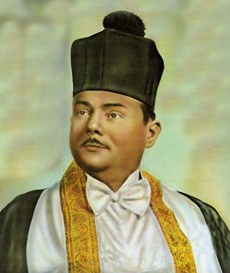Vogue Records: Spinning a pretty picture
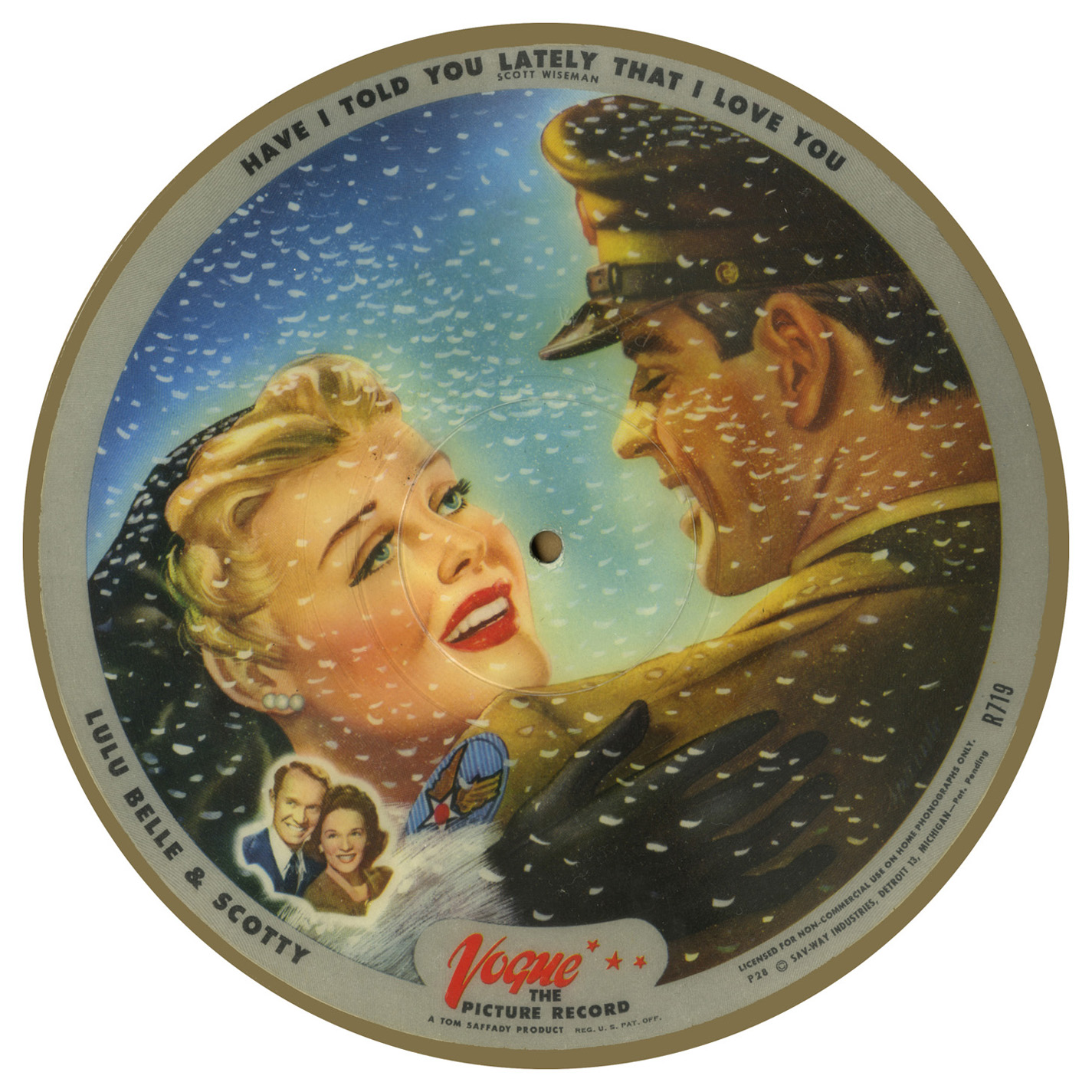 The Recorded Sound Archives at FAU Libraries has been sorting, organizing, washing and digitizing tens of thousands of vintage 78 rpm recordings since we received a large donation of the discs from the estate of Cleveland collector, Jack Saul.
The Recorded Sound Archives at FAU Libraries has been sorting, organizing, washing and digitizing tens of thousands of vintage 78 rpm recordings since we received a large donation of the discs from the estate of Cleveland collector, Jack Saul.
Hundreds of boxes containing vintage 78 rpm recordings remain stacked in the hallways while others are being opened by volunteers. The black shellac discs are piled high on work tables for volunteers to sort.
Opening the first box containing Vogue Picture Records caused a commotion that I could hear all the way in my office down the hall. Volunteers had discovered over 20 recordings that were stunningly beautiful. This was the first time any of us had ever seen such lovely artwork embedded within an entire record. “It’s like finding an unexpected treasure,” one of our volunteers told me.
The Recorded Sound Archives has now inventoried 62 different pictures on 32 two-sided 78 rpm discs. The pictures, together with the songs embedded within them, provide a glimpse into the post WWII American pop scene. The recordings feature the big band sounds popular at the time, swing sounds for teenagers, hillbilly/country songs, children’s songs and stories, and reflecting a growing interest in South American culture, Rhumba dance lessons and music with a Latin beat.
Despite Sav-Way’s inability to attract big-name recording talent, these beautiful discs are appealing to collectors who value them as standouts among the drab black shellac records of their day and because the limited number of different titles (74) make them more valuable as a complete set.
Discover this collection of Vogue Records.
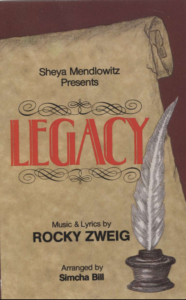
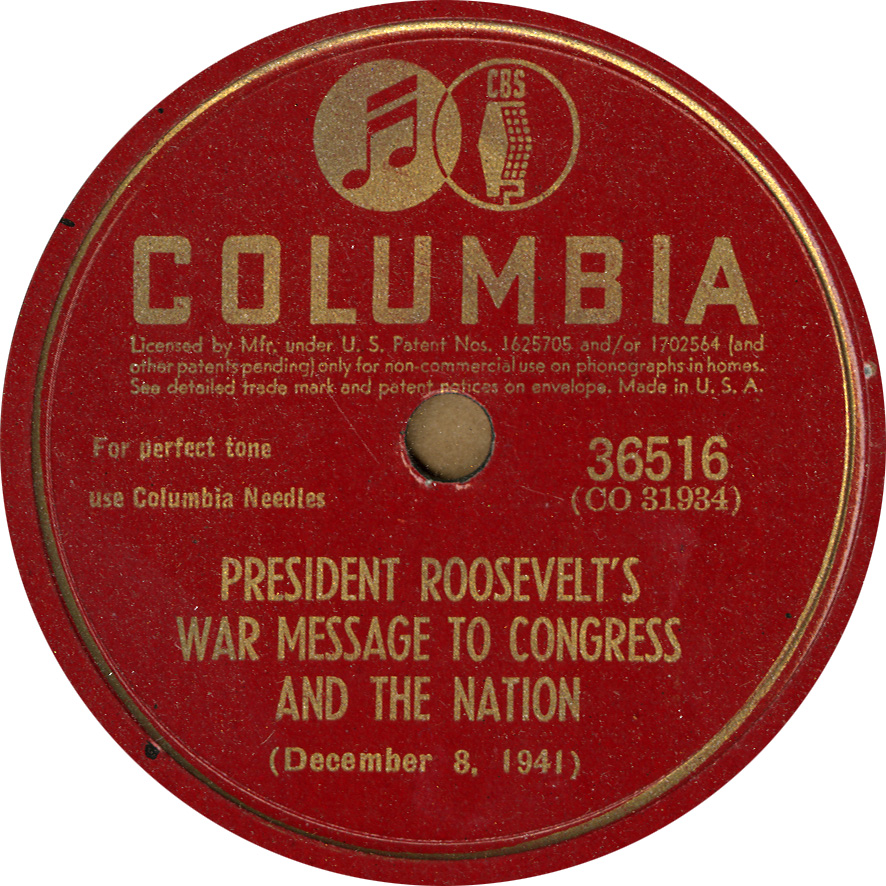
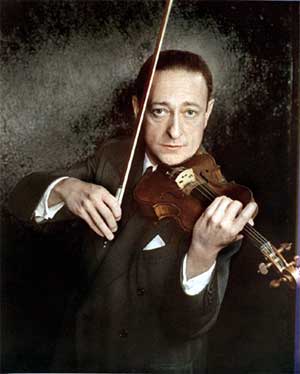
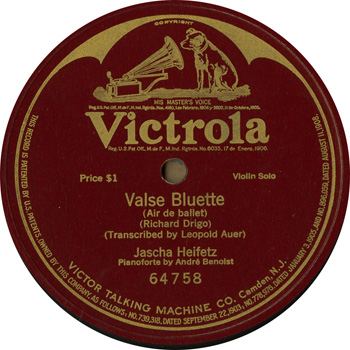
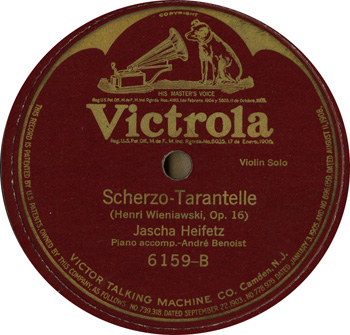
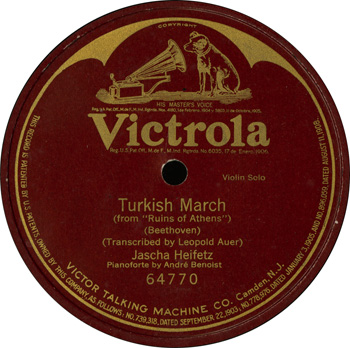
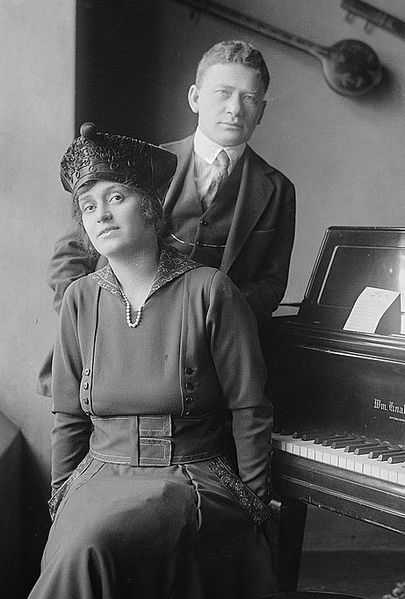
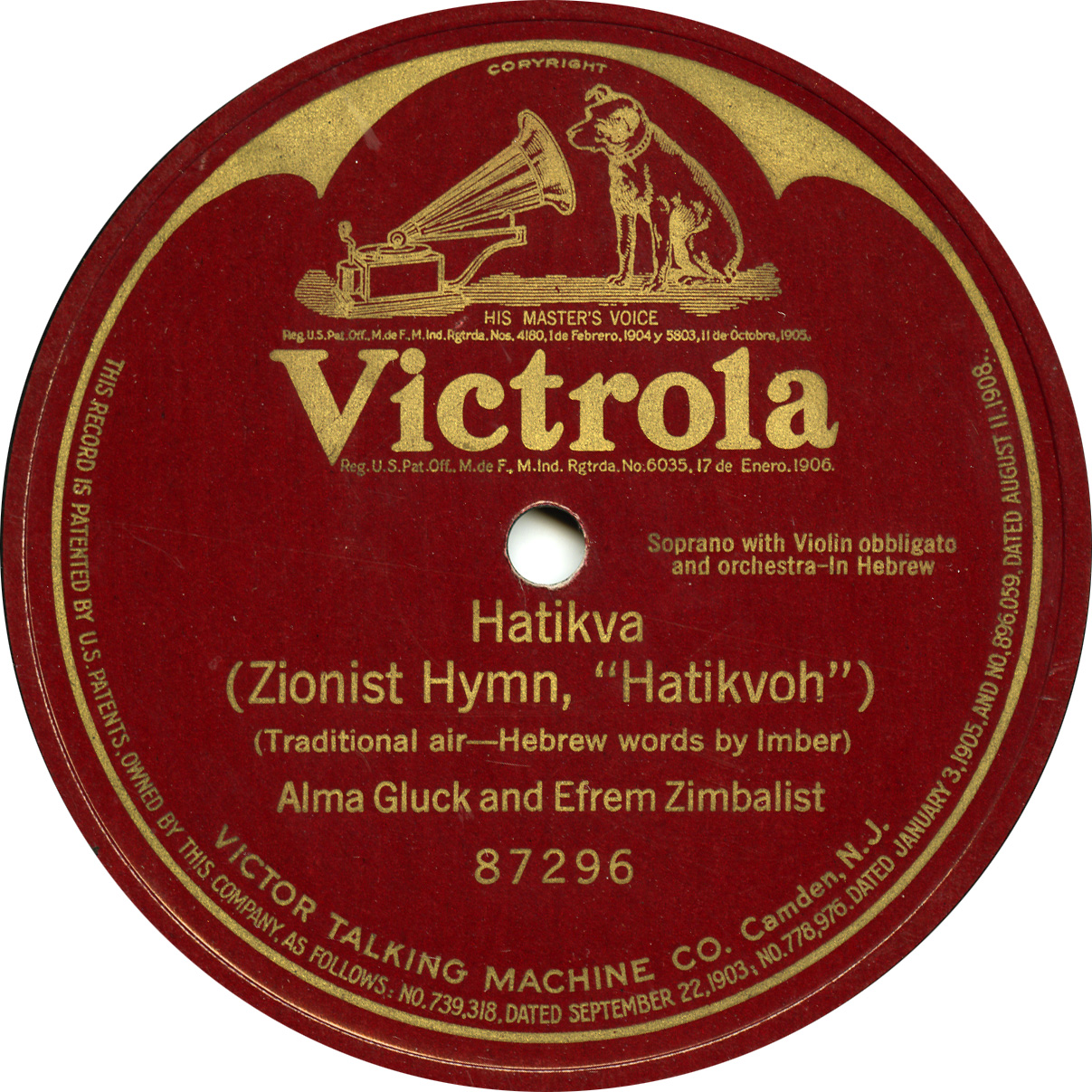
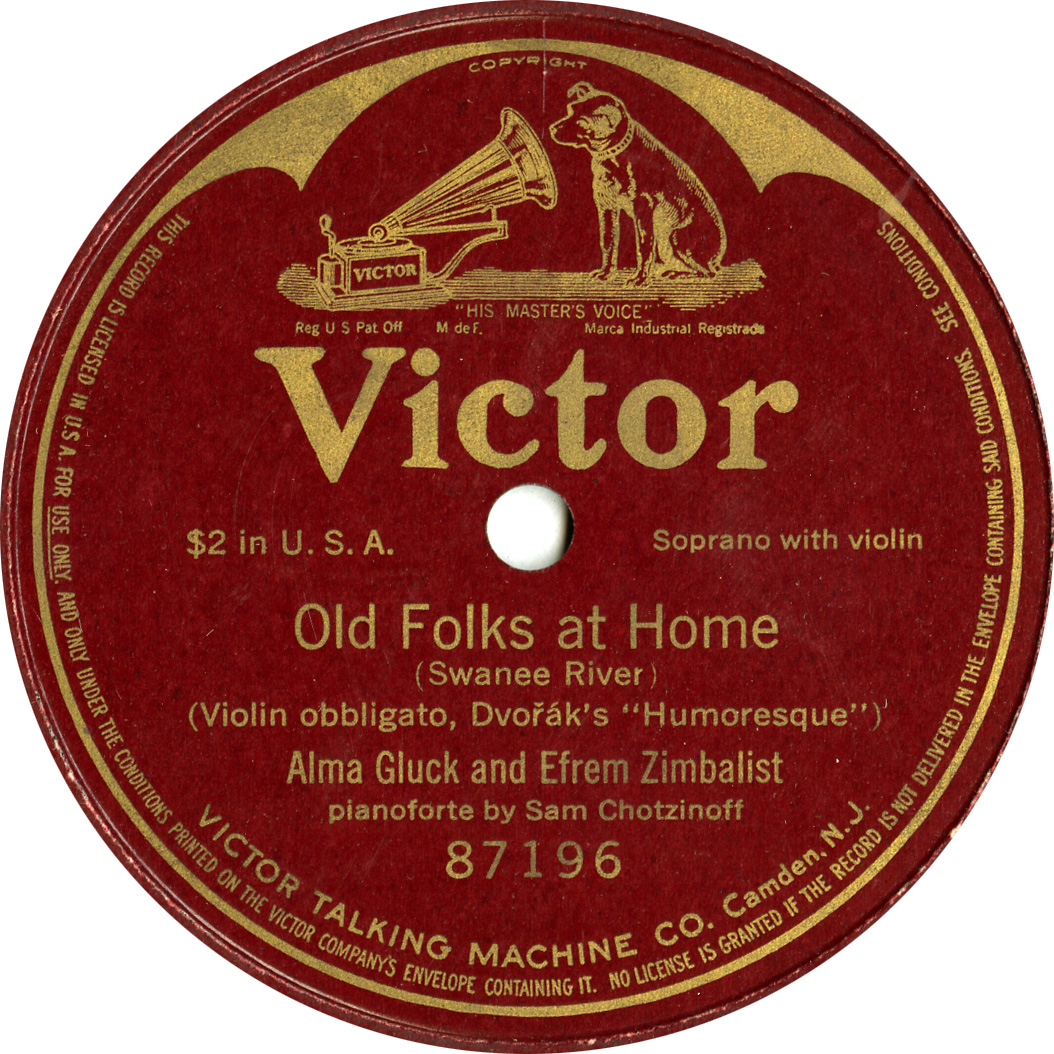
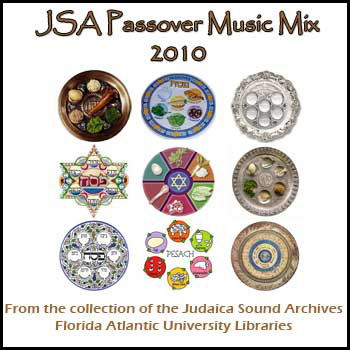
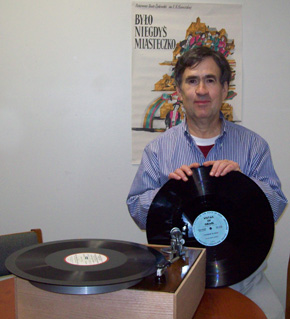

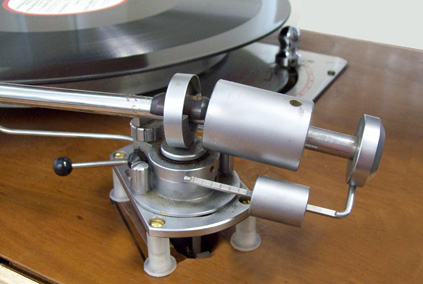
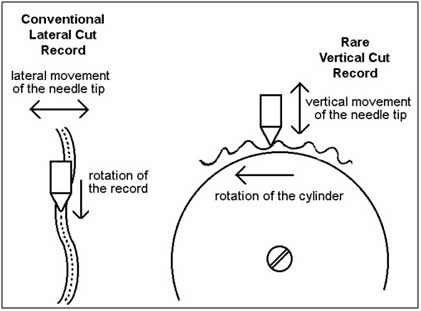
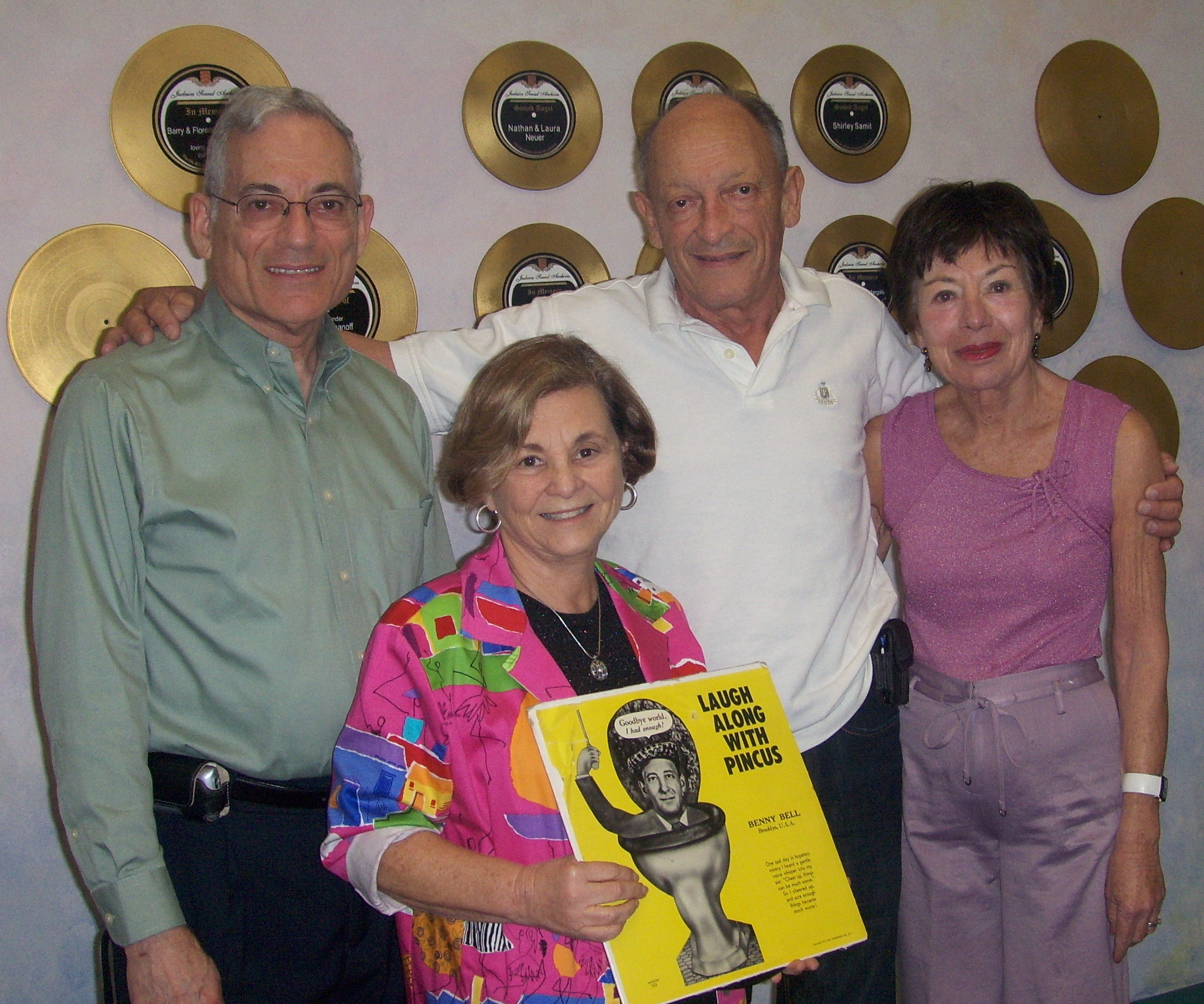
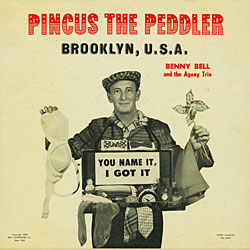
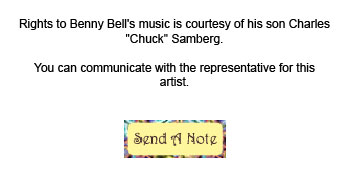
![990042A[1] 990042A[1]](http://rsa.fau.edu/blog/wp-content/uploads/2009/12/990042A1.jpg)
